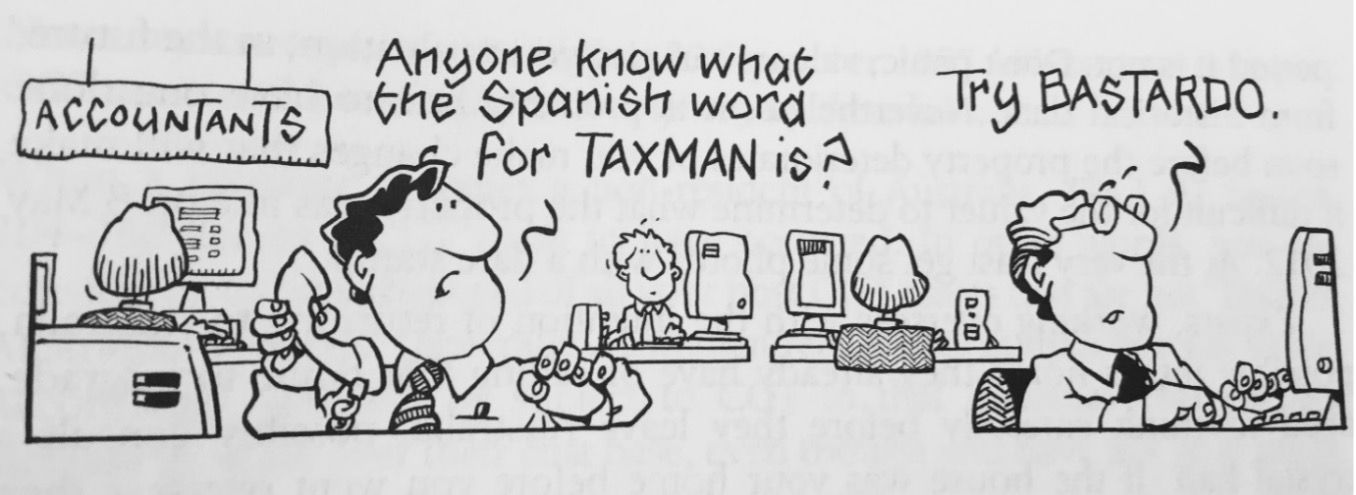
CGT applying to collectables is a serious problem probably affecting everyone.
Consider for a moment you purchased an engagement ring before 19th September, 1985 that cost you $700. As it is a pre CGT asset there is no CGT payable when you transfer it as a gift to your spouse. Assuming you propose before 19th September, 1985 it will also be a pre CGT asset in your spouse’s hands.
Upon your spouse’s death the ring comes back to you. It is now a post CGT asset inherited at market value at the date of your spouse’s death. It may now be worth $7,000.
If you decide to give the ring to your daughter it is deemed to be a gift to her, a deemed disposal at market value. If this happens soon after your spouse’s death the market value may be the same as on death so no capital gain. So far so good but what then, if your daughter gives the ring to your grandson to propose with himself, several years later, when the ring is worth say $10,000? Your daughter will have to pay CGT on the $3,000 deemed capital gain.
Your grandson has a cost base of $10,000. If prompt and successful in his proposal it probably has the same market value when ownership transfers to his fiancé. So no CGT payable.
Forty years later your grandson finds himself in the same position as you. A widower wanting to give this engagement ring to his daughter. It is now worth $100,000, quite reasonable over 40 years, just inflation not an increase in real purchasing power. There will be a $90,000 capital gain due to inflation. This is the same ring, still only worth the same number of days work but now the ATO probably wants over $15,000 in tax on a notional gain plus the tax your daughter paid.
Makes you feel like nothing is ever yours, just on lease from the ATO!
Much of this problem can be avoided if the ring only changes hands on death with the will setting out who the owner should be, as there is a rollover in these circumstances. Inheriting rather than gifting is the solution. Failing that you need to keep records on just about everything other than your car, home (if plain vanilla circumstances) and basic furniture.
Nevertheless, if you inherit an asset from someone that acquired it after 19th September, 1095 you need the cost base records to go with it. The rollover means you stand in their shoes. Further, you need to pass these records onto your heirs or the ATO will end up being a beneficiary of your estate.
Even if the asset is under the threshold of $10,000 for personal use assets, for example furniture, caravans and boats. Or $500 for collectables such as jewellery and works of art. Your heirs will need the evidence to prove this is the case. That is the way tax law works, the onus of proof is on the taxpayer.
We have a suite of spreadsheets available to help you keep these and all your other CGT records. https://www.bantacs.com.au/shop-2/getting-your-affairs-in-order-made-simple/
 Julia's Blog
Julia's Blog